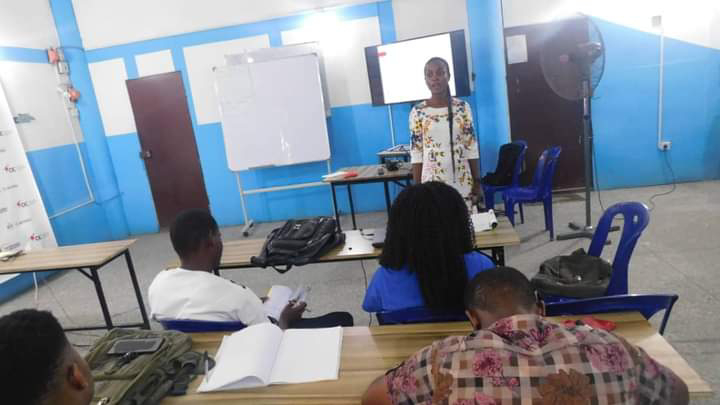In any cellular system or cellular technology, it is necessary to have a scheme that enables several multiple users to gain access to it and use it simultaneously. As cellular technology has progressed different multiple access schemes have been used. They form the very core of the way in which the radio technology of the cellular system works.
There are four main multiple access schemes that are used in cellular systems ranging from the very first analogue cellular technologies to those cellular technologies that are being developed for use in the future. The multiple access schemes are known as FDMA, TDMA, CDMA and OFDMA.
Requirements for a multiple access scheme
In any cellular system it is necessary for it to be able have a scheme whereby it can handle multiple users at any given time. There are many ways of doing this, and as cellular technology has advanced, different techniques have been used.
There are a number of requirements that any multiple access scheme must be able to meet:
- Ability to handle several users without mutual interference.
- Ability to be able to maximise the spectrum efficiency
- Must be robust, enabling ease of handover between cells.
FDMA - Frequency Division Multiple Access
FDMA is the most straightforward of the multiple access schemes that have been used. As a subscriber comes onto the system, or swaps from one cell to the next, the network allocates a channel or frequency to each one. In this way the different subscribers are allocated a different slot and access to the network. As different frequencies are used, the system is naturally termed Frequency Division Multiple Access. This scheme was used by all analogue systems.
TDMA - Time Division Multiple Access
The second system came about with the transition to digital schemes for cellular technology. Here digital data could be split up in time and sent as bursts when required. As speech was digitised it could be sent in short data bursts, any small delay caused by sending the data in bursts would be short and not noticed. In this way it became possible to organise the system so that a given number of slots were available on a give transmission. Each subscriber would then be allocated a different time slot in which they could transmit or receive data. As different time slots are used for each subscriber to gain access to the system, it is known as time division multiple access. Obviously this only allows a certain number of users access to the system. Beyond this another channel may be used, so systems that use TDMA may also have elements of FDMA operation as well.
CDMA - Code Division Multiple Access
CDMA uses one of the aspects associated with the use of direct sequence spread spectrum. It can be seen from the article in the cellular telecoms area of this site that when extracting the required data from a DSSS signal it was necessary to have the correct spreading or chip code, and all other data from sources using different orthogonal chip codes would be rejected. It is therefore possible to allocate different users different codes, and use this as the means by which different users are given access to the system.
The scheme has been likened to being in a room filled with people all speaking different languages. Even though the noise level is very high, it is still possible to understand someone speaking in your own language. With CDMA different spreading or chip codes are used. When generating a direct sequence spread spectrum, the data to be transmitted is multiplied with spreading or chip code. This widens the spectrum of the signal, but it can only be decided in the receiver if it is again multiplied with the same spreading code. All signals that use different spreading codes are not seen, and are discarded in the process. Thus in the presence of a variety of signals it is possible to receive only the required one.
In this way the base station allocates different codes to different users and when it receives the signal it will use one code to receive the signal from one mobile, and another spreading code to receive the signal from a second mobile. In this way the same frequency channel can be used to serve a number of different mobiles.
OFDMA - Orthogonal Frequency Division Multiple Access
OFDMA is the form of multiple access scheme that is being considered for the fourth generation cellular technologies along with the evolutions for the third generation cellular systems (LTE for UMTS / W-CDMA and UMB for CDMA2000).
As the name implies, OFDMA is based around OFDM. This is a technology that utilises a large number of close spaced carriers.
To utilise OFDM as a multiple access scheme for cellular technology, two different methods are used, one for the uplink and one for the downlink. In the downlink, the mobile receives the whole signal transmitted by the base station and extracts the data destined for the particular mobile. In the uplink, one or more carriers are allocated to each handset dependent upon the data to be transmitted, etc. In this way the cellular network is able to control how the data is to be sent and received.















